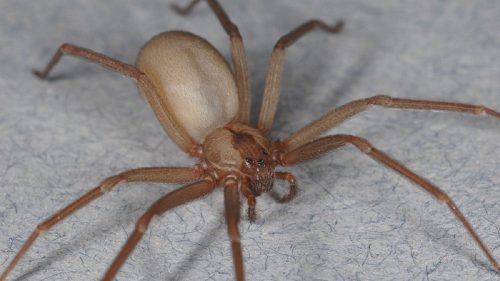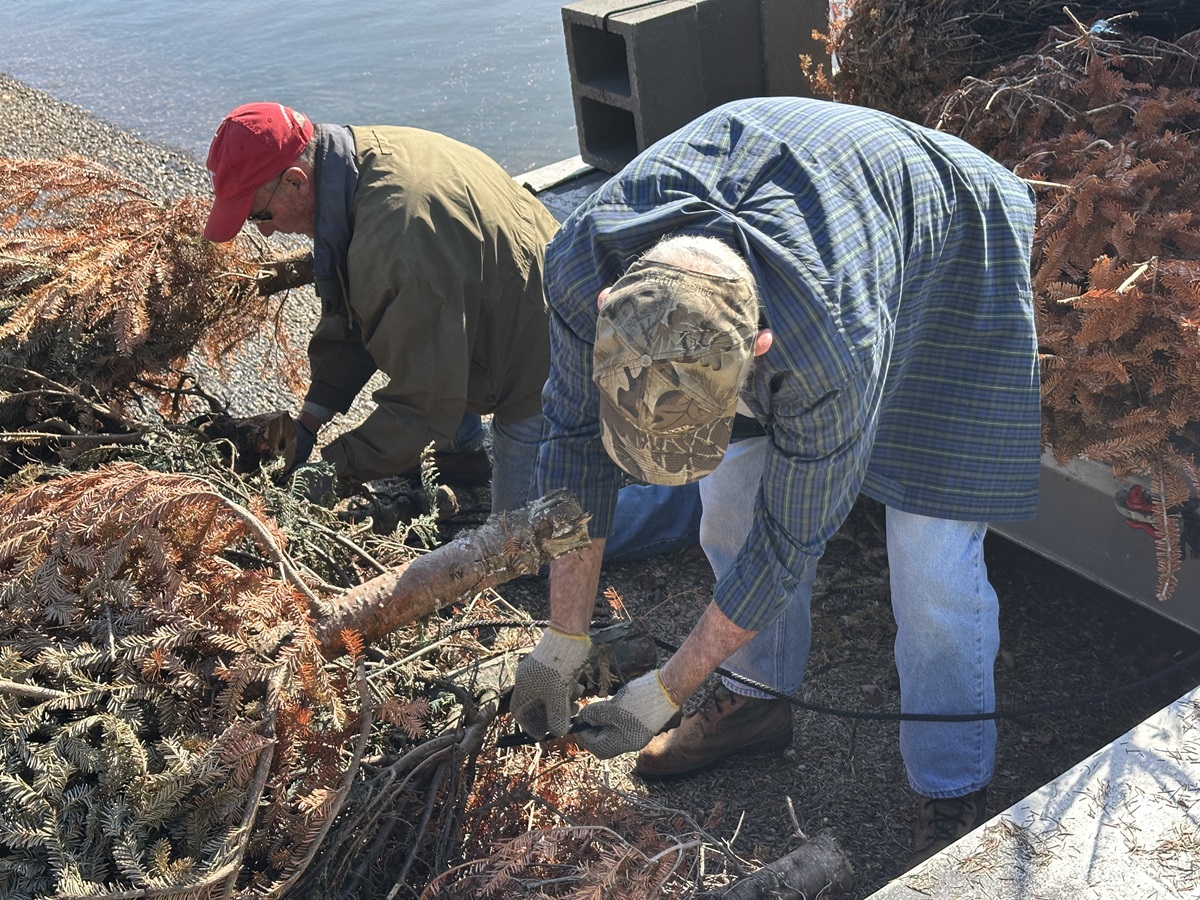Alabama expert offers tips to keep pests from following you indoors this winter

Keep these creepy crawlers out of your home this winter. (Alabama Cooperative Extension System)
Winter’s chill doesn’t just drive people indoors. Colder weather can also trigger a sudden invasion of indoor pests, seeking an escape from frosty temperatures. Dealing with these visiting critters can be challenging. But with the right preparation, they can be halted at the door, says an expert with the Alabama Cooperative Extension System.

Xing Ping Hu (Alabama Cooperative Extension System)
When winter arrives, some pests hibernate while others look for warm, protected spaces with plenty of food and water to survive for several months. According to Alabama Extension Entomologist Xing Ping Hu, the most common places for bugs to hide are under rocks or fallen logs, in woodpiles, tree holes and leaf litter, or beneath tree bark and deep soil.
“Unfortunately, some of them may wander into or invade homes accidentally,” Hu said. “Ironically, indoor conditions in living spaces, especially low humidity, are not the preferred choice for most species, so many will die of dehydration.”
There are several common pests that can be found in homes in the Southeast:
- Stink bugs – including brown marmorated stink bugs, kudzu bugs and others. All of these pests emit a foul, pungent odor when they feel threatened.
- Ladybugs – which like to congregate in big groups on the sunny side and upper corners of homes. These pests are generally harmless but can emit a yellow, foul-smelling liquid when disturbed.
- Cockroaches – which can contaminate food sources and spread diseases, and their allergens trigger allergies and exacerbate asthma symptoms.
- Spiders – which are common in the home year-round but include species that tend to breed in the fall. This means homeowners may see a population boom in the winter, particularly brown recluse spiders.
- Flies – which don’t bite or sting but can be very annoying and make homeowners feel like the home is filthy when they aggregate in large numbers in basements around water heaters.
- Ants – which do not hibernate, making them opportunistic food seekers. Ants stay inactive when it is cold and resume foraging when it becomes warm.
- Centipedes – which can look creepy and can bite, depending on the species.
Don’t forget beetles and boxelder bugs. There are also bedbugs, which are more common in urban areas because their diet revolves around humans and what is kept in the home.

Brown stink bug. (Alabama Cooperative Extension System)
In rural areas, Hu said stink bugs and lay beetles are more problematic because they live and feed on agricultural crops and fruit trees. However, pests can be found anywhere as urbanization has lessened the differences between urban and rural areas. Bottom line: pests seek out food, water and shelter. Anywhere they can find these resources is where people will find them.
Pest-proofing the home
Hu said there are several practices that can prevent pests from entering the home.
“The best time to begin pest-proofing homes is when the first cold front hits,” Hu said. “Although doing these things at any time can help make a difference.”
Here are Hu’s tips for pest-proofing your home:
- Move wood piles, debris, garbage cans and household items away from the foundation and exterior wall of the home. Moving them 20 feet away is ideal.
- Keep trees, shrubs and potted plants away from the home. Trim back limbs overhanging the roof as well. This will also help with spring pest populations.
- Keep storage items organized in airtight bins or containers.
- Use a vacuum to physically remove pests.
- Check anything brought into the home for hitchhiking critters.
- Keep counters and floors clean and free of crumbs.
- Seal the home with door sweeps and new weather stripping. Fix water leaks, as well.

Brown recluse spider. (Richard Vetter, Matt Bertone / North Carolina State University)
Hu said traps and insect monitors can be helpful and easily purchased. Chemicals are the last step, and people should use only outdoor applications.
To learn more about pests that may plague your home and how to control them, check out the resources under The Home section of the Alabama Extension System website, www.aces.edu.





